According to the latest statistics that show the importance of fast loading websites, about 53% of your visitors will leave immediately if the site load time exceeds only 3 seconds, meaning that slow loading your site causes you to lose more than half of your visitors.
Because of the importance of constantly measuring the performance of websites, and making sure that they load quickly, he has developed many tools that help you examine your site, and follow the factors that affect its performance so that you can work on improving them easily.
Here are 5 tools that specialize in tracking website performance:
1- PageSpeed Insights:
This tool is affiliated with Google, and it is dedicated to helping website owners test the performance of their sites for free, and the tool provides a measure of site performance on desktop computers, and on smartphones, ranging between 1 and 100, and whenever the test result approaches 100, it indicates the quality of the site’s performance.
All you have to do is write the full domain name of your site in the place designated for that, and the test result of the site’s performance on computers and smartphones will appear shortly, with suggestions and recommendations to improve the performance of the site, where you can send it to the person responsible for developing your site to work on it.
It is worth noting that the test result, which is limited between 0 and 49, indicates that the site is performing poorly and loading slowly, while the score between 50 and 89 indicates that the site is performing average, while the score between 90 and 100 indicates that the site performs excellently.
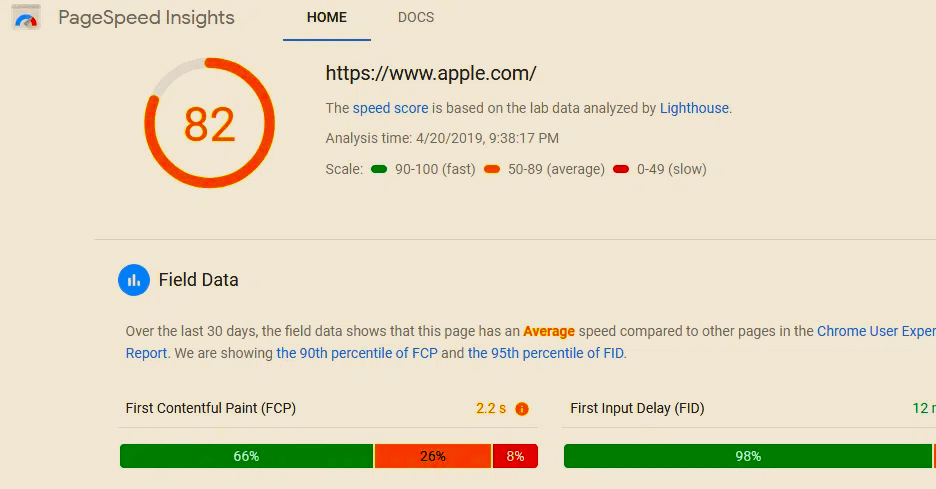
2- GTmetrix:
This tool helps you measure the performance of your site easily while providing a detailed report showing the status of all the elements affecting it, and direct recommendations to work on improving them, and the basic features of this tool can be used for free, but there are monthly subscription plans, starting at $ 14.95 to enjoy more features.
The plans paid with this tool also provide web developers with a special package called Developer Toolkit to help them simulate site performance measurement on different devices.
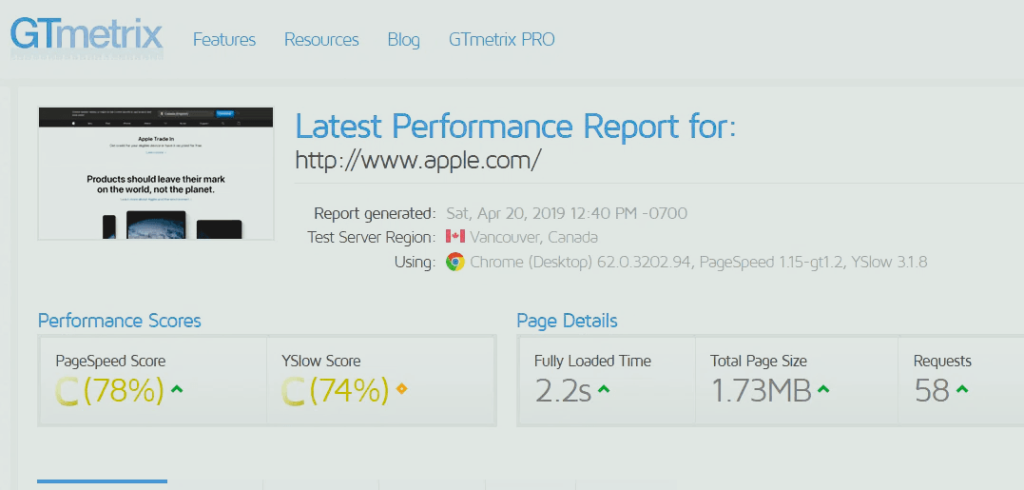
3- Uptrends:
This tool includes many metrics that help you diagnose any factors that cause slow down the loading of websites, as it performs a large number of checks up to 206 checks, which contributes to giving a complete picture of the site’s performance.
This tool also provides a feature called Web Application Monitoring, which helps you check the integrity of operations on websites, such as visitors creating new accounts, logging into their accounts, adding a product to the shopping cart, or other operations.
With this tool, you can also test the performance of your site on all browsers and devices used by visitors, as well as test the performance of your site’s dedicated hosting server.
Some of the features of this tool are available for free, but there are monthly subscription plans that allow you to get more features.
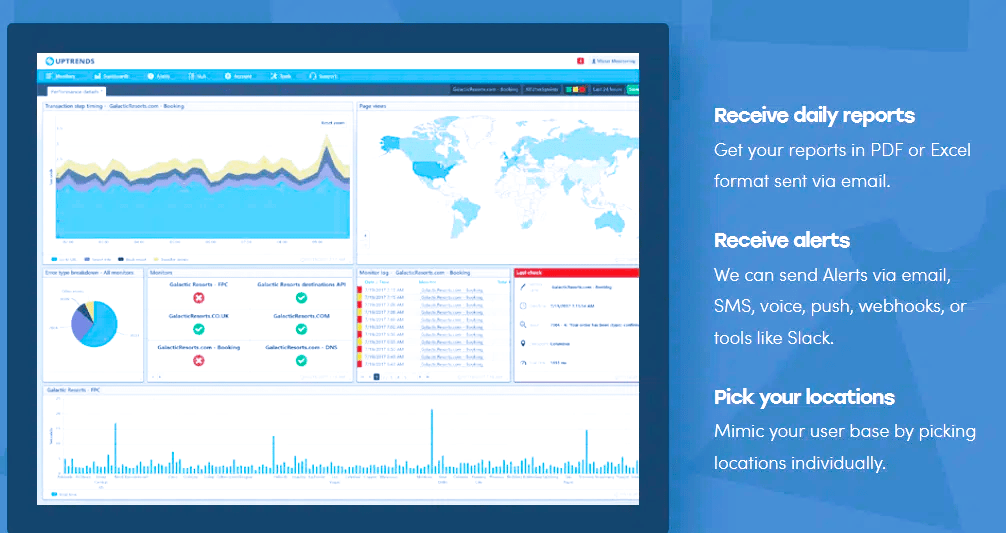
4- Webpagetest:
Webpagetest is a free open-source tool dedicated to performing performance evaluation tests for websites and diagnosing the causes of slow loading.
The most important feature of this tool is that it allows you to test the loading speed of your site from 40 different geographical locations around the world, using the most well-known browsers on computers and smartphones.
The tool has two drop-down menus, one: to choose the geographical location you want to test from, and the second: to choose the type of browser you want to test through, after the test is over, you get a detailed report on the results of performance measurements of elements that affect the loading speed of the website you want to test.
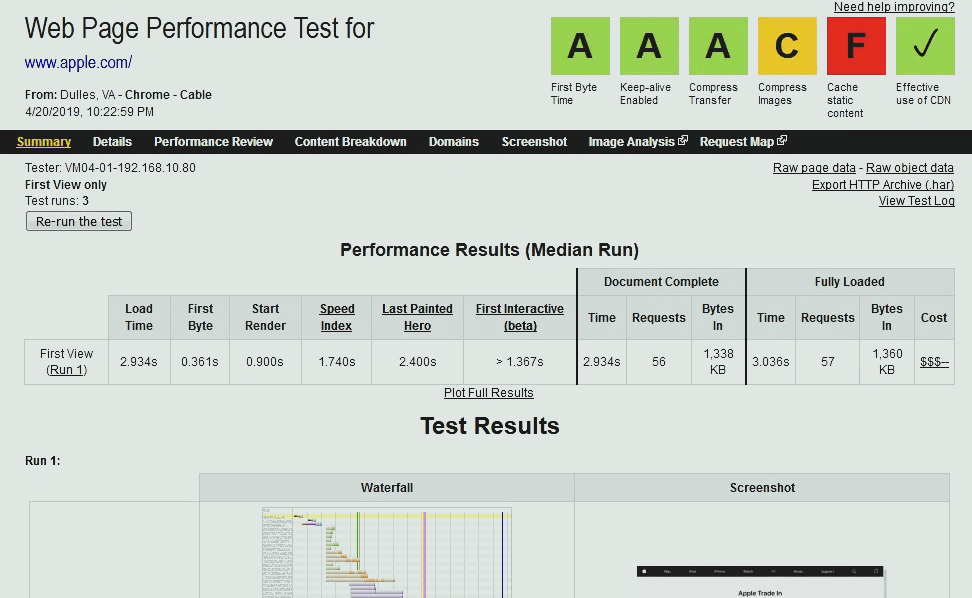
5- Pingdom:
You can take advantage of the basic features of this website performance testing tool for free, through which you can test the performance of any of 7 geographic locations around the world, but you must subscribe to one of the paid plans to take advantage of more features.
As with the tools above, Pingdom allows you to get a detailed report on the status of key elements affecting site performance after testing, as well as recommendations for improving the performance of these elements.
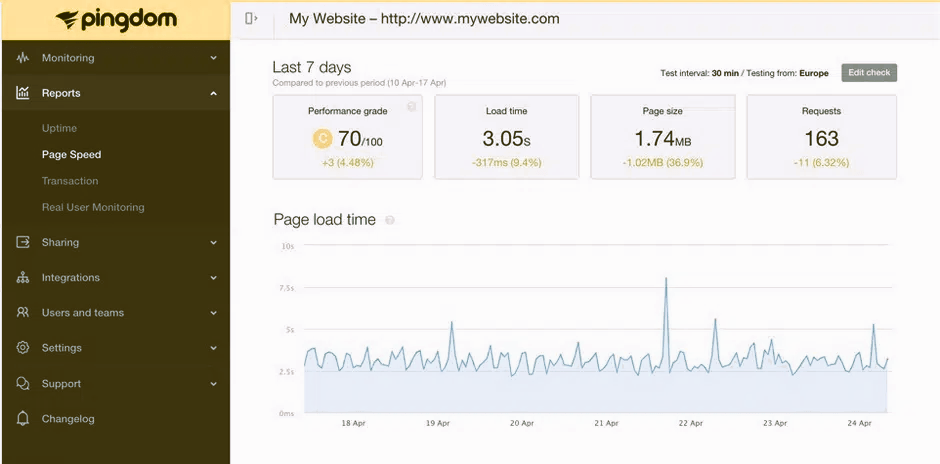
Conclusion
In today’s fast-paced digital landscape, the speed at which a website loads is critical to retaining visitors and ensuring a positive user experience. With the abundance of tools available to track website performance, optimizing load times has become more accessible than ever. By utilizing tools like PageSpeed Insights, GTmetrix, Uptrends, Webpagetest, and Pingdom, website owners can identify areas for improvement and take actionable steps to enhance their site’s performance, ultimately reducing bounce rates and retaining more visitors.

























Discover the power of Chat GPT 4.0 and interact with the latest AI technology.